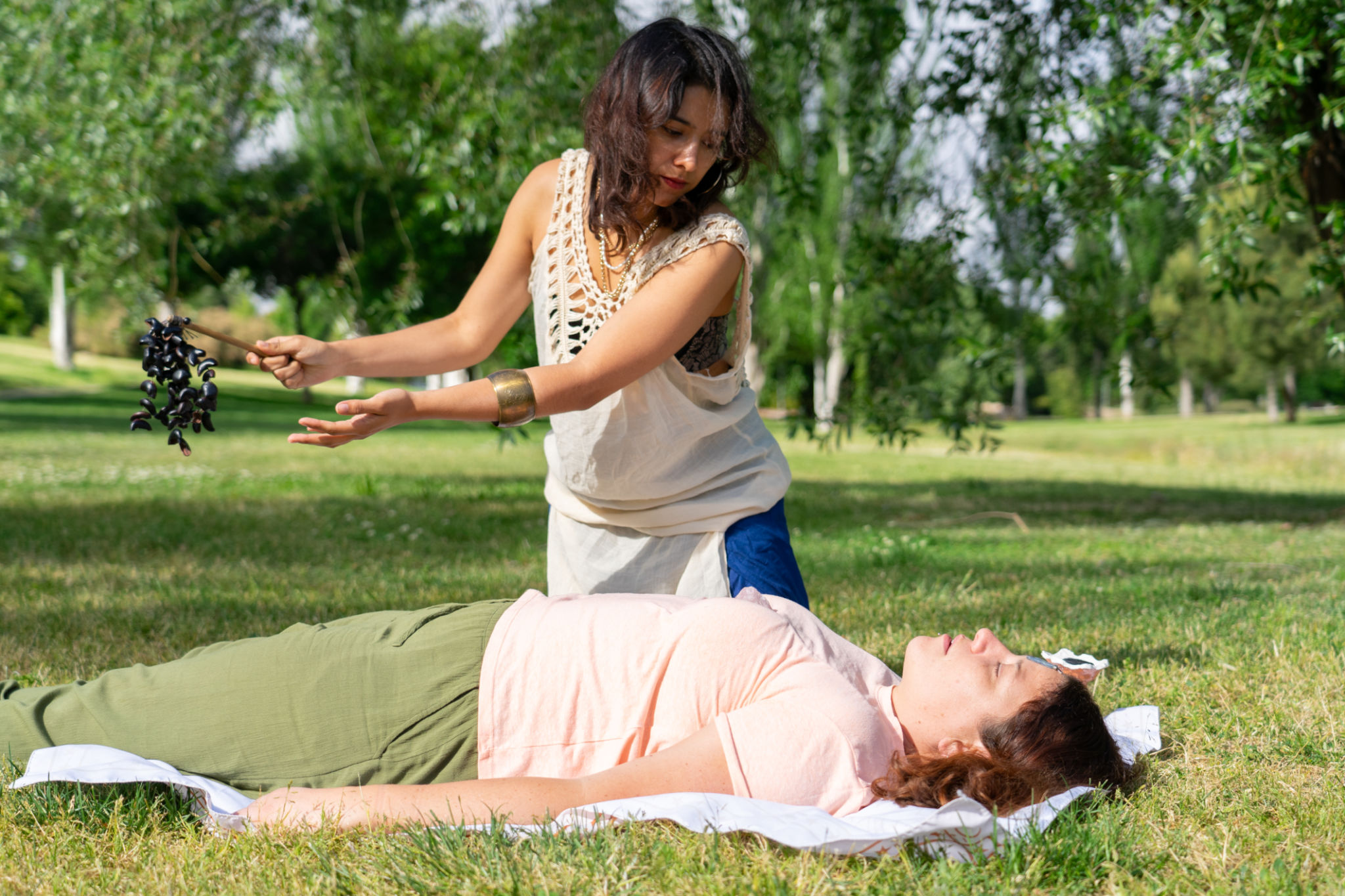Breathwork and Ice Bath Therapy: A Perfect Pair for Mental Clarity
Understanding Breathwork
Breathwork, a practice of consciously controlling your breathing patterns, has been gaining traction as a tool for enhancing mental clarity and emotional well-being. This ancient technique is rooted in the belief that the way we breathe can significantly affect our physical and mental states. By focusing on deliberate breathing exercises, individuals can promote relaxation, reduce stress, and ultimately achieve a more balanced mind.
There are numerous types of breathwork practices, ranging from simple deep breathing to more structured methods like the Wim Hof Method or Holotropic Breathwork. These practices offer varied benefits, including improved focus, enhanced emotional resilience, and better sleep quality. The key to effective breathwork lies in consistency and mindfulness, allowing practitioners to tap into their body's natural ability to heal and rejuvenate.

The Science Behind Ice Bath Therapy
Ice bath therapy, also known as cold-water immersion, involves submerging the body in icy water for a short period. This practice has been popular among athletes for years due to its purported benefits in reducing muscle soreness and inflammation. However, recent studies have shown that ice baths can also play a vital role in enhancing mental clarity and emotional well-being.
The exposure to cold triggers a physiological response that includes the release of endorphins and norepinephrine, chemicals that help improve mood and increase focus. Additionally, the cold shock activates the vagus nerve, which is linked to the parasympathetic nervous system, promoting a calming effect on the body and mind.

Combining Breathwork and Ice Bath Therapy
When breathwork is combined with ice bath therapy, the benefits are amplified. This powerful duo works synergistically to enhance mental clarity by promoting relaxation and reducing stress levels. Breathwork prepares the mind and body for the cold exposure, helping individuals manage the initial shock of the ice bath more effectively.
Practitioners often find that combining these practices leads to a heightened sense of awareness and improved emotional stability. The controlled breathing techniques used during an ice bath can also deepen the meditative experience, allowing individuals to enter a state of calmness and focus.
Steps to Get Started
If you're interested in incorporating breathwork and ice bath therapy into your routine, here are some steps to consider:
- Start with Breathwork: Begin with simple breathing exercises to familiarize yourself with managing your breath.
- Gradual Cold Exposure: Introduce your body to cold water gradually by starting with cold showers before moving on to ice baths.
- Guided Sessions: Consider participating in guided sessions or workshops led by experienced practitioners to ensure safe practice.

Potential Benefits
The combination of breathwork and ice bath therapy offers a multitude of benefits that can enhance overall well-being. Some potential advantages include:
- Improved Mental Clarity: Enhanced focus and concentration due to the calming effects of both practices.
- Reduced Stress: Decreased anxiety levels and an increased sense of calmness.
- Boosted Immunity: Strengthened immune response from regular exposure to cold temperatures.
Listening to Your Body
It's crucial to approach breathwork and ice bath therapy with caution and mindfulness. Always listen to your body's signals and avoid pushing yourself beyond your limits. Individuals with certain medical conditions should consult with healthcare professionals before engaging in these practices.
By integrating these techniques into your wellness routine, you can embark on a transformative journey towards better mental clarity and emotional balance. The key is to remain consistent and open to the experiences these practices offer.

